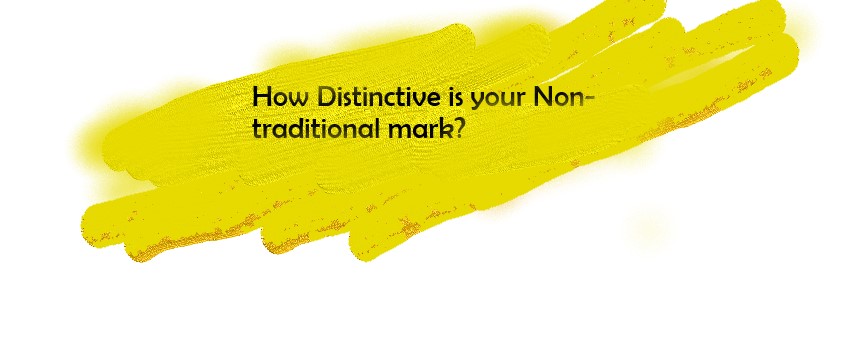
Tel: : 416-748-9236

Marsha S. Cadogan | MSC Intellectual Property and Technology Law
Before June 17, 2019, Canada’s Trademark space was not overly receptive to the registration of all types of non-traditional marks. There was no statutory basis of protecting these marks. Although 2012 marked a turn-around year in Canada’s Trademark history by the Federal Court decision that sound marks are registrable, it was only recently that things significantly changed in the non-traditional mark space. Since June 17, 2019, non-traditional marks, including scents, sounds, holograms and 3-dimensional shapes can be registered as trademarks in Canada, if they are distinctive.
What are non-traditional trademarks?
If you watch movies, you may have come across MGM’s Lion’s roar either at the beginning or end of films. The symbol, accompanied by the roaring lion is an example of a sound trademark. Many of us may recall using Play-doh, or still use Play-doh with our kids. The smell of the dough was successfully registered as a trademark in the U.S in 2018. Christian Loubotin’s red sole shoe is an example of a color trademark, which after several appeals, was finally registered as a color trademark in the EU. These are examples of non-traditional trademarks.
Non-traditional marks then, engage more than just that part of our senses which enable us to read or understand words and associate them with products and services. Instead, non-traditional trademarks rely on other aspects of consumers’ sensory stimulation – the ability to associate a type of sound, a specific color (or combination thereof), shape or scent with a product or service, as the mark of difference between products.
In Canada, proof of distinctiveness is likely required before a non-traditional mark can registered as a trademark. This is a statutory stipulation as per the amended Trademarks Act s.32(1).
How distinctive should a mark be? Consider this hypothetical example: If your product is an alarm device, you would likely not be granted a trademark for an alarm sound, as this is merely descriptive of the product’s functionality.
Let’s look at a few cases in Canada and elsewhere, to see how courts have dealt with the issue (where domestic legislation or precedent on the matter exist)
Here is a glimpse of recent statistics on non-traditional marks (complied by author – as at March 08 2020):
In Canada, a handful of scent marks are making their way through CIPO’s registration process (post June 17, 2019 amendment). There is currently only one scent mark (olfactory) showing as registered in the EU. There are 2 registered scent marks in Australia, associated with eucalyptus and cinnamon scent respectively, owned by two separate proprietors. Australia has fifty-eight sound marks registered, on file with its IP Office, twenty-two of which are home-based registrations. Israel has twenty-four sound marks registered on file. There are no scent marks registered as of March 08, 2020. Mexico, on the heels of amendments to its trademark legislation, recently started recognizing non-traditional marks, including scent and sounds. In New Zealand, there are no current scent marks registered, but there are four which have either been cancelled or abandoned.
New Zealand is one of the “early” pioneers in the non-traditional trademark space, having recognized sound, scent and smell marks back in 1999 under amendments to its Trademark Act.
The move to make non-traditional marks registrable is gaining steady interest in many countries. However, in these jurisdictions, applicants will need to ensure that their mark is distinctive, whether by appearance, in sound, taste, or smell (where the law permits). Also, in some jurisdictions, like the EU, scent marks are not easily registrable, or may not be registrable at all. The take-away? Conduct extensive trademark searches and, if you do business abroad and are aiming for foreign registrations, check how these marks are dealt with by IP Offices, foreign legislation, and the courts.
This article is for general information purposes only and is not meant to be legal advise.